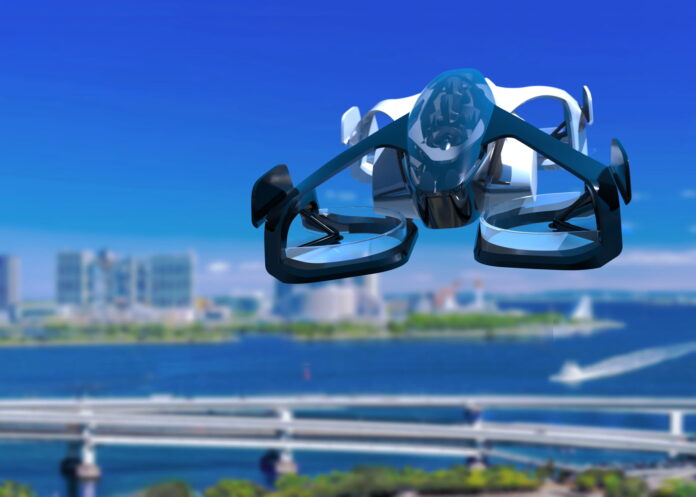It’s the year 2020 and yet many on the planet are still limited to using antiquated technology to move around, the internal combustion engine, and fossil fuels are the bane of our existence and contribute vast amounts of pollution into the atmosphere. Flying cars, however have been a long-running dream, and they’re finally coming into fruition.
What is the solution for transportation within already congested cities? Naturally, the sky is a clear open expanse that must be eventually conquered for short distance journeys.
Humanity is certainly nowhere near the technological advancement seen in films like Blade Runner, but slowly, there seems to be an upward trajectory in engineering technique dipping its toe into this next leap forward in air transportation.
Unfortunately, the current engineers seem to be limited by propulsion, and are only utilising propellers to fly their craft. We need new innovation in propulsion that utilises low energy resources yet pack huge amounts of power and efficiency. Ideally, if we delve into science fiction, or Bob Lazar, anti-gravity generators could be a possibility, whether these have already been developed and kept under wraps or are complete fiction is not known.
The amazing industrial design of the Japanese SkyDrive certainly brings forth excitement. CEO Tomohiro Fukuzawa believes his company has two key competitive advantages: the compact size of its concept aircraft, which will fit inside of a four-meter (13-foot) square, with a height of just 1.5 meters (five feet), and the fact that the craft has already undergone more than 500 manned and unmanned test flights of its eVTOL prototype, proving its safe features.
SkyDrive expects its compact, lightweight vehicle to have a practical near-term range of up to 20 kilometers (12 miles). For urban use, this is more than sufficient, but with further development, it is assured the flight range will increase.
Still in early development, SkyDrive has the ambitious goal of certifying a passenger-carrying eVTOL by 2023, and is currently in early stages of certification discussions with the Japan Civil Aviation Bureau (JCAB).
Technological innovation usually comes with a little help from the military, and this is the case with the Hexa eVTOL from Texas-based company LIFT, who have joined the Agility Prime “air race to certification” program curated by the U.S. Air Force.
Where the Japanese SkyDrive utilises only a few propellers to fly, the Hexa is basically a huge drone with a passenger area below. The craft will be either semi-autonomously piloted or the full automatic pilot will take you to your destination.
After training in their virtual reality simulators, anyone over the age of 18, and up to 6’ 5” tall and 250 lbs, will be able to fly for up to 15 minutes at a time.
Unlike traditional helicopters, Hexa can even fly with up to six of its eighteen motors out, has a ballistic parachute that autonomously deploys in the event of an emergency, has 5 floats to safely land on water, and can be controlled remotely by LIFT trained safety pilots in the event of an emergency.
Hexa is semi-autonomous so, regardless of what the pilot does, it will only fly in a safe manner within the limits programmed into the autopilot computer.
“Autonomy is actually much easier in the air than for cars on the ground – there are far fewer obstacles, no roads, no traffic lights, and you have 3 dimensions to move around”, says Matt Chasen, founder and CEO of LIFT Aircraft. For example, the aircraft is continuously calculating the energy required to “return to home” based altitude, wind speed and direction. Regardless of what the pilot does, the aircraft will automatically return and land when the battery approaches this level plus a reserve, and it can also automatically land in designated safe landing areas, if necessary.”






